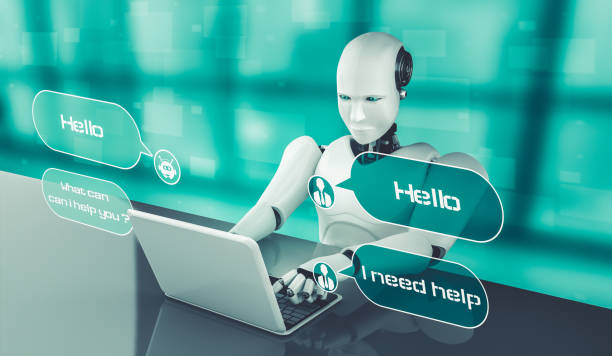"Automatic vs. Manual Captioning: Choosing the Right Path for Accessible Content"
- September-13-2023
- By Deciphering the Debate: Automatic vs. Manual Captioning
- In Captioning
Introduction: Captioning is an essential element of creating accessible and engaging content, but the method you choose can significantly impact the quality and effectiveness of your captions. In this blog post, we will delve into the age-old debate of automatic vs. manual captioning and explore the pros and cons of each approach to help you make an informed decision.
|
Automatic Captioning |
Manual Captioning |
|---|---|
|
1. Speed and Efficiency:
|
1. Accuracy and Quality:
|
|
2. Cost-Effective:
|
2. Customization:
|
|
3. Limitations in Accuracy:
|
3. Accessibility Compliance:
|
|
4. Editing and Review:
|
4. Time-Consuming Process:
|
|
5. Integration with Video Platforms:
|
5. Professional Services:
|
Which is Better for You?
-
Content Type and Audience:
- Encourage readers to consider the type of content they create and their target audience. For critical or specialized content, manual captioning may be the better choice.
-
Budget and Resources:
- Help readers assess their budget and available resources. If cost is a major concern, automatic captioning might be a more viable option.
-
Accessibility Compliance:
- Emphasize the importance of meeting accessibility compliance standards for businesses and institutions, where manual captioning is often the preferred choice.
-
Hybrid Approach:
- Suggest a hybrid approach where content creators use automatic captioning for initial transcription and then manually review and edit captions for accuracy and quality.
-
Continuous Improvement:
- Encourage a commitment to improving caption quality over time, regardless of the method chosen, to ensure content is accessible to all viewers.
Conclusion: Ultimately, the choice between automatic and manual captioning depends on various factors, including the nature of the content, budget constraints, and the importance of accessibility compliance. By understanding the strengths and limitations of each method, content creators can make informed decisions that enhance the overall quality and accessibility of their content.

